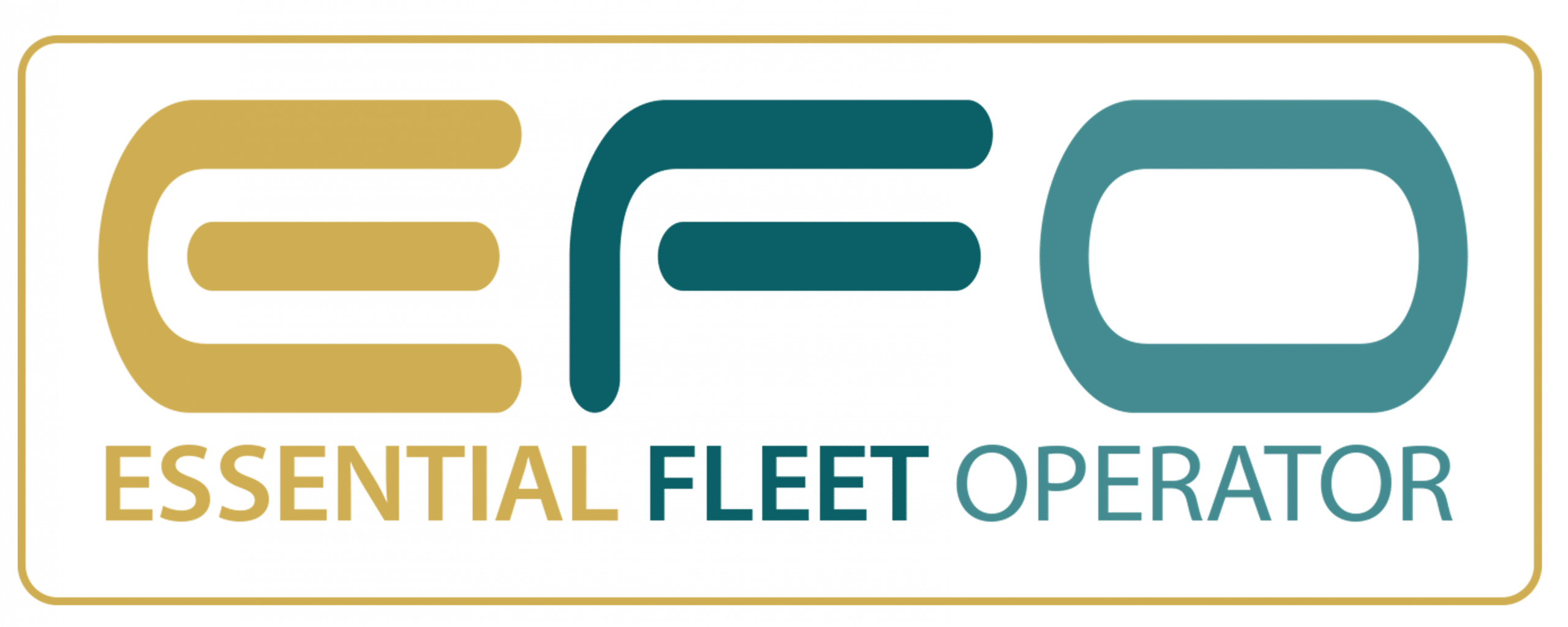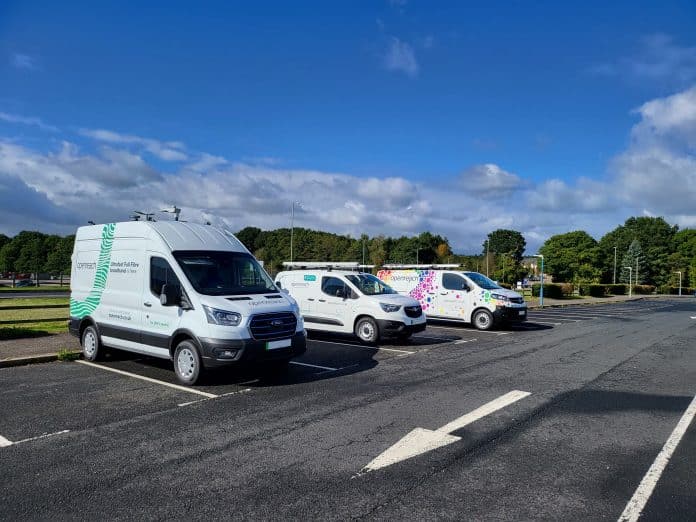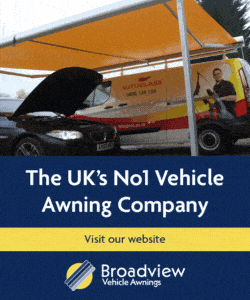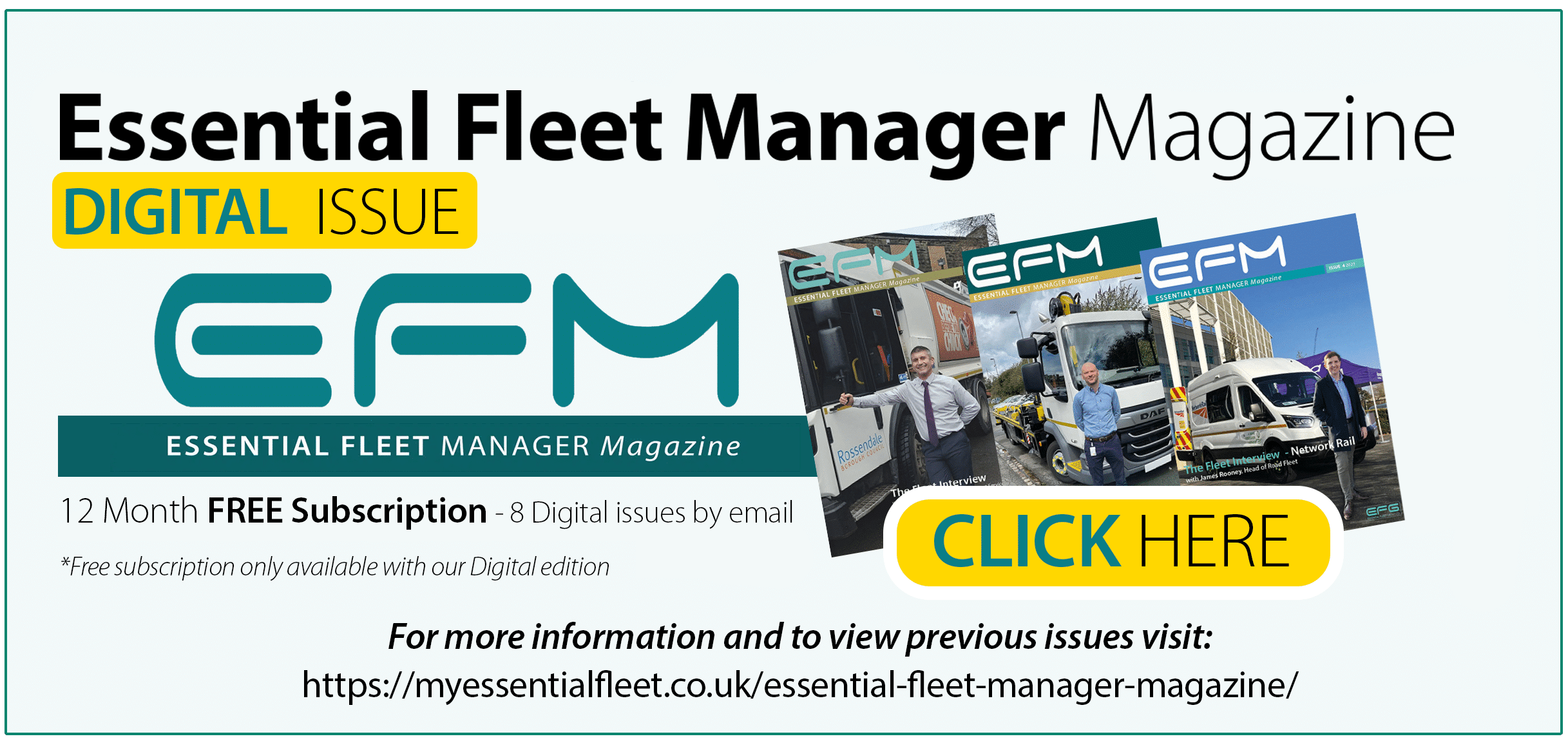With Chris Mullings – Senior Fleet Operations Manager
Openreach is the UK’s digital network business, working with over 690 communications providers such as BT, Sky and TalkTalk and connects homes and businesses to phones and broadband services. Such a mammoth task needs the support of a huge fleet of vehicles which in Openreach’s case is the second largest in the UK with over 30,000 commercial vehicles. Conscious that with a fleet of this size, emissions would overall be significant, Openreach has pledged to switch the majority of its fleet to zero emissions by 2030 and signed up to Climate Group’s EV100 initiative to accelerate the transition in late 2018. After first speaking with Chris Mullings, roughly a year after in late 2019, Essential Fleet Manager caught up with him again to see how plans are developing and how the many unforeseen challenges are being met.
Q: For the benefit of readers about to embark on fleet electrification, how did Openreach ensure that the infrastructure was in place and/or available to support EVs at the beginning of the electrification programme?
We were clear on the wider business strategy and understanding of how Openreach’s fleet is a key contributor to achieving our stated goals. We have taken some calculated steps as we progressed with the EV journey as we identified early on that there would be challenges associated with charging and keeping our engineers operationally effective. As an early adopter and leaders in fleet we were keen to deploy and learn the benefits and risks of alternate fuels. After the first round of EV roll out we have been able to bring additional resource into the team with Andrew Kirkby joining as Senior Manager for Sustainability. Andrew has been key in assisting with the move to EVs. Andrew has focussed on identifying drivers who are able to charge from home for the first round of the roll out while also identifying drivers who complete a daily mileage range of less than 50% of the OEMs manufacturers stated range. This allows drivers to be allocated an EV and know that they will be able to complete their daily activities and have enough range to get home and charge again over night. We’re moving to a centrally settled auto reimbursement mechanism for these drivers as well, which is especially important at the moment with energy prices going up and cost of living crisis. We currently have over 1,700 EVs built. These are a combination of Car Derived Vans, small van, medium vans and now we also have a small number of large EV vans as well.
Q: Almost 4 years on, what is the current split between EVs and ICE vehicles?
Last time we spoke we had 15 EVs within the commercial fleet. We now have over 1,700 EVs built despite many challenges including supply chain issues we’ve been facing since the pandemic started.
Q: How important is engagement with suppliers and other partners in managing the issues brought about by Covid and supply chain issues?
It’s key to engage with suppliers and we have learnt some valuable lessons during Covid and it’s been beneficial to take the learning and apply these to other situations that have impacted the supply chain. We’re far more agile and more aligned to our partners. We keep communications open between our fleet management provider, OEMs and converters. This has allowed us to react quickly to delays and plan internally but has also enabled us to react positively to any volumes or vehicles that have been brought forward. We are still seeing the effect of Covid on the supply chain as manufactures are catching back up to pre-pandemic build levels. This is delayed by supply chain constraints from the local lockdowns in China and the conflict in Ukraine.
Q: How has Openreach addressed and mitigated the challenges of rising costs and supply issues? How have these been factored into long term planning?
As with all businesses we are not immune to the financial challenges and have had to review our plans on numerous activities. We’re looking at how to reduce costs and have reviewed various Total Cost of Ownership and Whole Life Cost models. Away from procurement and conversions we’re also focussing on behaviours by reviewing fuel spend, Service Maintenance and Repair costs and identifying how to reduce the impact of CAZ, LEZ and ULEZ.
Q: How far has the choice of e-LCVs improved since Openreach introduced the first batch onto the fleet?
When we first spoke about EVs the options were very limited, we had trialled a few solutions and had embarked on bring the Renault Kangoo onto the fleet. We now have product within the commercial Openreach fleet from Renault, Ford and Vauxhall, full EV and Hybrid across all vehicle types (Car derived vans, small vans, medium vans and large vans). As availability, range and payload improve it makes it much better for us as an operator as we can review the overall impact and TCO models across a range of products that we know will meet our needs.
Q: How has battery range and flexibility of vehicle platforms improved in the same period?
The first EVs brought into service were Renault Kangoos with a limited range and payload however as we all appreciate these were very much at the forefront at that time. Since then, we have trialled various OEM products and have a large selection of electric Vauxhalls within the fleet, primarily the 50Kw and 75Kw Vivaro-e. More recently we have been able to secure the Ford eTransit and have and will review products from Fiat, Iveco, LEVC as well amongst others. Due to the operational requirements range and payload will always be key and whilst we have seen an improvement in these areas, we are still hoping to see further growth. The introduction of the 4,250 and the exemptions are going to help, however we haven’t really tested this area yet and need to review how the additional training and possible O Licence implications will impact the wider business. As engineering company, for us range and total payloads of EVs are crucial, we can see from the specifications coming from the manufacturers the commercial vehicles seem more aimed at logistic fleet and less engineering.
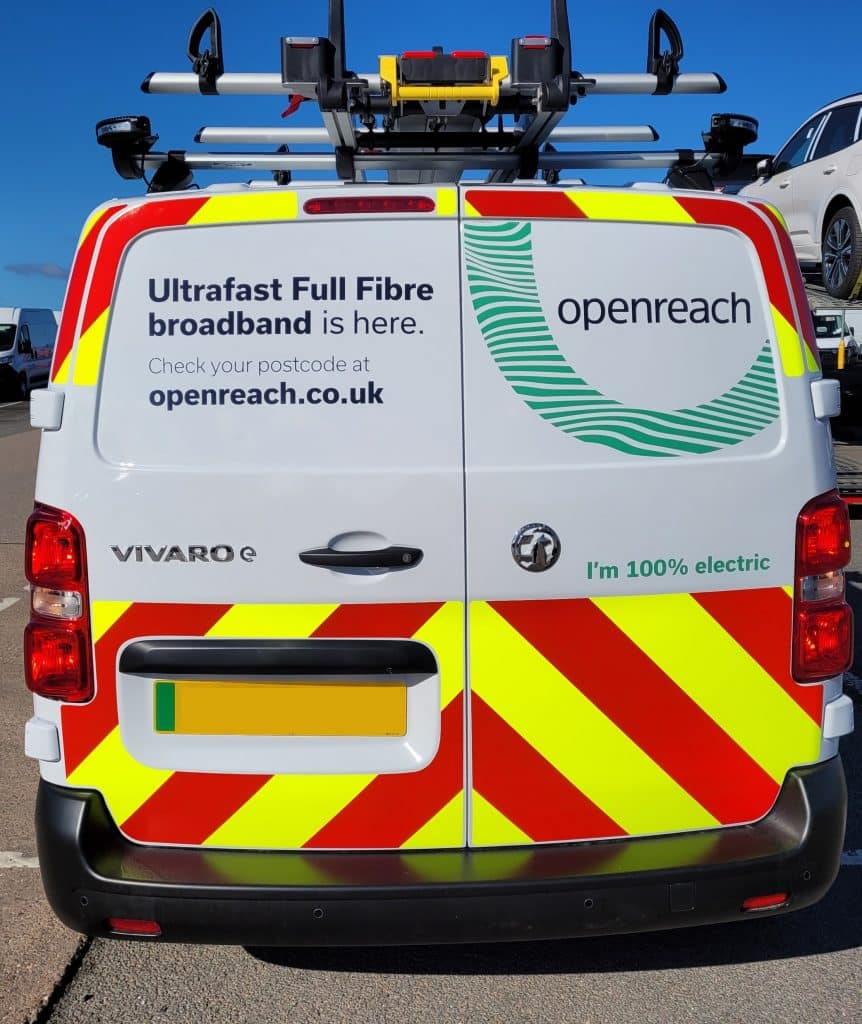
Q: As well as introducing full EVs onto the fleet, what steps have been taken with ICE vehicles to reduce their emissions and environmental impact?
We put all new recruits through driver training that helps to educate all around how we can reduce the overall environmental impact of our driving by changing behaviours. We’re also continuing to look at alternatives that are going to help reduce our carbon footprint. One item that we’ve been able to push is the use of Lithium Battery solutions to reduce the need for our engineers to ‘idle’ at roadside. We have utilised a solution that allows engineers to power their 110v tools and ancillary equipment.
Q: How have you reduced emissions from vehicles with a significant onboard power demand such as those for cabling or with hoists?
We’re looking at electric winches and self-charging battery packs to assist with the power demands of the more complex cabling vehicles. We’re also looking at utilising electric hoists – we have two providers who have solutions that allow the hoist to operate via an electric battery pack. As with the cabling and other lithium solutions and activities this allows our operators to be productive at roadside without the vehicle engine running.
Q: With such a large fleet and one that is evolving significantly, how do you ensure that drivers are trained to maintain safe, sustainable and compliant standards?
We’re fortunate to not only have subject matter experts within the Operational Fleet team but we’re also supported centrally by the BT Compliance team, who help to manage the Operator Licence and compliance, but we are also supported by Openreach Health and Safety who have a dedicated road risk team. The road risk team are always reviewing innovative solutions and methods to reduce the risk to our drivers. In addition to managing the standard activities such as driver behaviour and endorsements, they have most recently taken to Virtual Reality and real-life scenario reviews to reinforce how vigilant we need to be when driving. We also map and manage driver behaviour via telematics on a voluntary application where drivers are able to view and are encouraged to improve their driver risk scores.
Q: How does Openreach utilise technology to improve the same standards in safety, sustainability and compliance?
Using the fleet telematics and utilisation data we’re able to map our drivers for the move to alternative fuels, vehicles location and stats on driving styles. This ensures we’re keeping our people and vehicles safe and sustainable, however we know this is a growing area of fleets and always looking for the best options to market.
Q: Do you see a medium-term future when you will be able to transition all vehicles to fully electric or other alternatives to diesel/petrol ICEs?
Yes, for sure. We have pledged to transition the majority of our fleet, the UK’s second largest fleet, to zero emissions by 2030. We’ve tested EVs and have some fantastic additions within the Openreach fleet however we’re facing the same issues many others are when it comes to charging infrastructure. We have been looking into Hydrogen and have trialled and tested this as a suitable application within the car fleet and are part of a team who will be reviewing a new Hydrogen van at Mira shortly, however we all know that the infrastructure needs further development and investment for this to be a viable alternative to ICE.
Q: Despite the many challenges of the last 3 years, do you remain confident and excited about what Openreach can achieve?
This is an exciting time for Openreach as we go through to the transition of the fleet whilst building the future fibre network across the UK. With the continuous innovations in technology from the manufactures and support from the government we are confident we can rise to the challenge of the fleet transition and improve the air quality for all.
As featured in issue 8(2022) – click here to read

